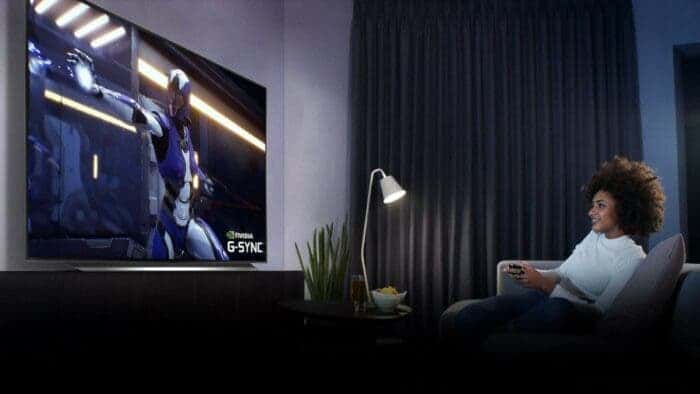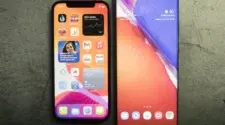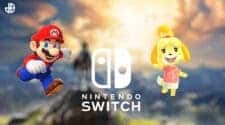Due to various reasons, nowadays, you can’t find a cheap but advanced consumer electronics product. On the other hand, the manufacturers are constantly improving their products by adding various innovative technologies. This is also true for large-screen products. So we have decided to bring this article, which ought to help you to buy gaming TVs. However, for this, you have to be aware of select hardware and software specs and technologies. Only by knowing what new technologies are there in the industry and understanding what each term means, you can make the best decision.
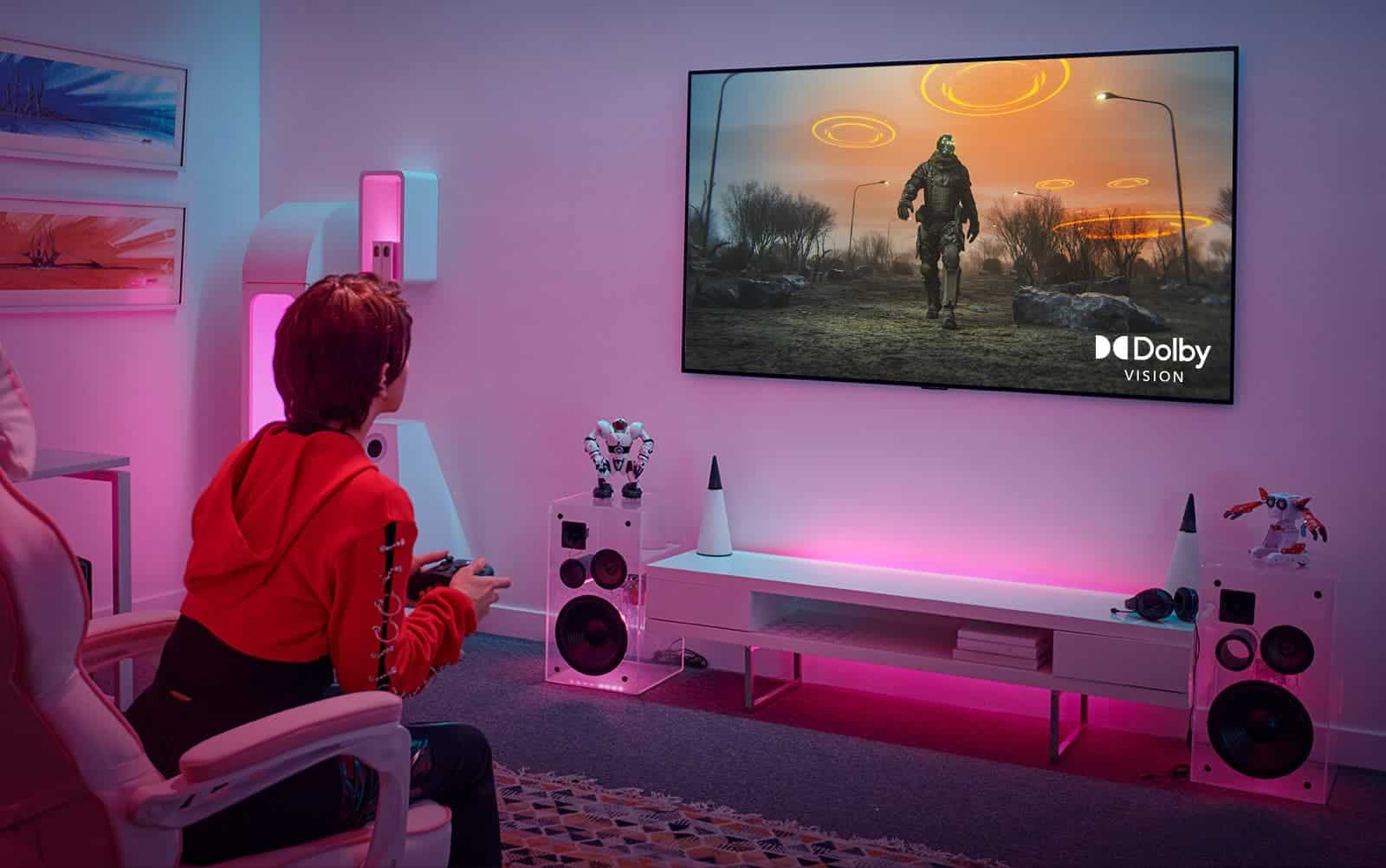
Usually, when talking about gaming TVs many customers think only about two features – 4K resolution and 120Hz refresh rate. But there are some brands that use these features to misguide customers. In effect, people get their hands on TVs that support these two features but are useless in other aspects.
You understand that there are high requirements set by gamers. So let’s see what else gaming TVs should offer to become a good option to buy.
HDMI 2.1
Though at the moment, there are not many mainstream games supporting 4K 120Hz native output, in the near future, the upcoming gaming consoles will not only support this standard but also 8K 60Hz. For this, the gaming TVs should come with HDMI 2.1 protocol.
The full-blooded version of the HDMI 2.1 interface can provide a maximum bandwidth of 48Gbps. Thus, it is ideal for 4K 120Hz, 8K 60Hz, and other high-resolution and high-refresh video transmission.
In this regard, one of the key terms describing the case is the variable refresh rate technology (Variable Refresh Rate) commonly known as VRR. It’s used to describe the situation when the output of the game screen changes according to the real-time content. It ensures that the frame rate of the refreshed screen is consistent with the input frame rate.
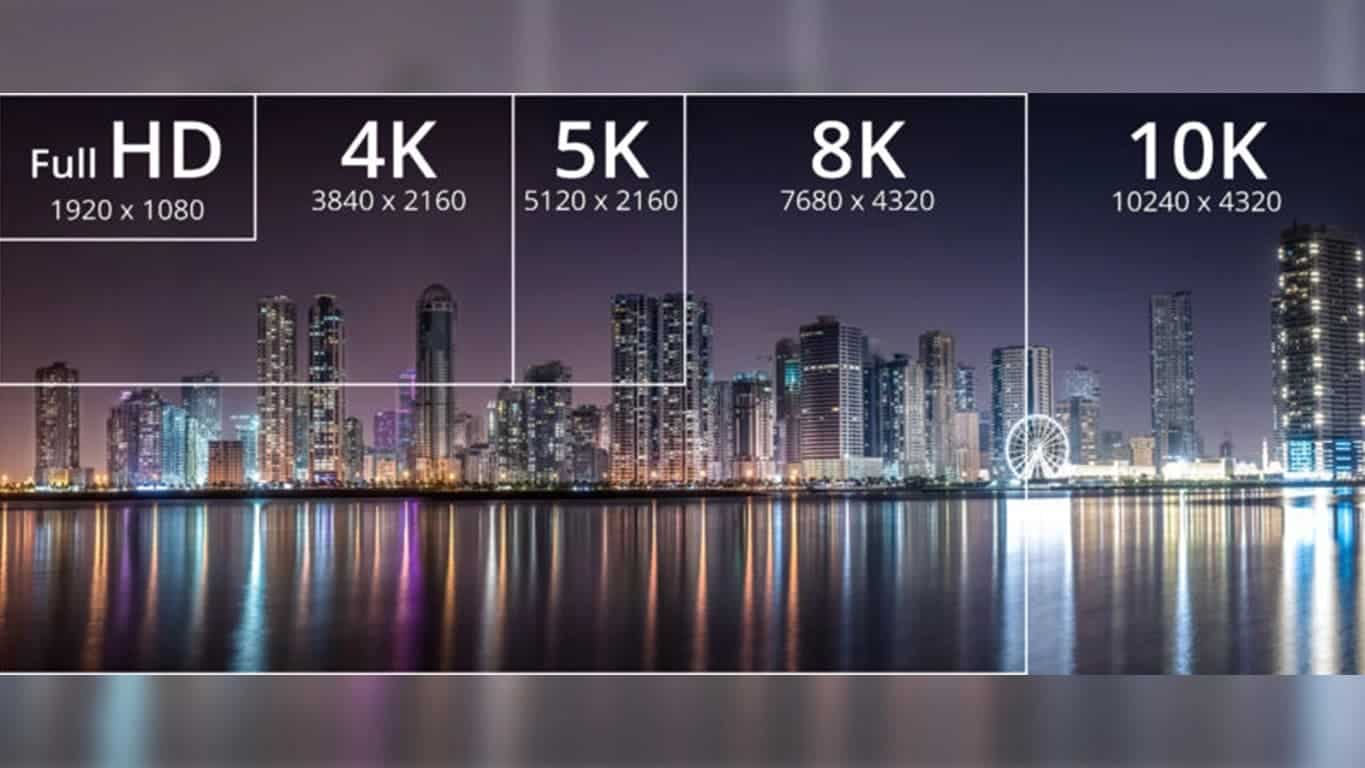
At present, the Xbox Series X already supports VRR technology. Recently, PlayStation also published a blog post, announcing that the PS5 will get support for VRR in the next few months.
Even if the game itself does not support VRR, the game console can reduce the discomfort caused by screen tearing through real-time computing. This has also made smart TVs that support VRR and HDMI2.1 protocols to obtain better picture display effects.
But it is especially worth noting that HDMI 2.1 is not a mandatory certification requirement. We mean devices that support the HDMI 2.1 protocol may not necessarily accept all the specifications on the official HDMI 2.1 parameters list.
For instance, the output bandwidth of the PS5’s HDMI 2.1 interface is 32Gbps and the output bandwidth of the Xbox Series X is 40Gbps. So we can state that though they come with HDMI 2.1 support, none of them reached the 48Gbps bandwidth standard advertised in the early days of HDMI 2.1.
Therefore, if you are a user who takes 4K120Hz as a key indicator for purchasing a gaming TV, you still need to choose a smart TV equipped with a “full-blooded” HDMI 2.1 interface. Moreover, there are many smart TVs that come standard with two or three full-blooded HDMI 2.1 ports.
Decoder chip
Sometimes customers overestimate software standards. But what actually supports the paper parameters is still the hardware configuration of the TV itself. If you want to get a 4K120Hz picture output, the gaming TVs you are going to acquire should still support it at the hardware level.
For instance, Xiaomi launched the Mi TV Q1 in early 2021. On the TV parameters list, it mentioned that the TV supports 4K120Hz image quality output. Actually, outputting 120Hz images requires MEMC motion compensation.
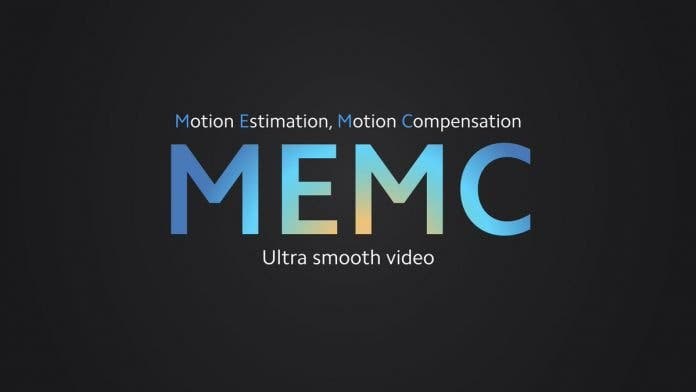
The Mi TV Q1 comes with an HDMI 2.1 interface and a QLED 4K material screen. Moreover, the SoC inside is the MediaTek MT9611. The latter integrates the Mali-G52 MP2 GPU, which does not support 120Hz picture decoding. In other words, Xiaomi put the 4K120Hz support on the list because of HDMI 2.1 port, but the graphics card can’t provide such an operation.
It turns out that gaming TVs should support 120Hz MEMC instead of 120Hz. MEMC stands for Motion Estimate and Motion Compensation. The principle of the technology is to add a frame of motion compensation frame between two frames of images. This will make the screen provide smoother performance.
Screen
Apart from the resolution and the refresh rate, there are many other parameters that are really important for any TV. Among them, we can mention peak brightness, color accuracy, and color gamut.
In this sense, we should understand what algorithms the TVs use. There are two types – the HSR frequency-doubling technology and the DLG function. The former technology reduces timing adjustment and automatic compensation of pixel charging in the panel to double the refresh rate. DLG function helps to visually achieve a 120Hz refresh rate by scanning two rows of pixels at the same time.
Of course, there are many limitations. So they can’t be compared with the gaming TVs natively supporting 120Hz screens.
Wrap Up
Gamers are becoming the main user group for purchasing 4K120Hz TVs. That’s why more and more brands are trying to disguise some technical parameters. But having some knowledge concerning the key parameters will help you make a better purchasing decision.

